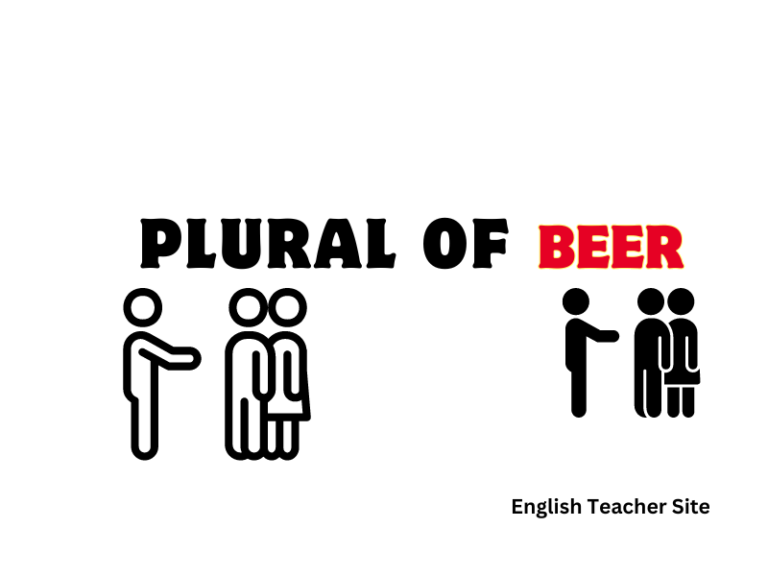Plural of Axis: Understanding the Correct Form and Usage

- “Axis” changes to “axes” when pluralized, showing Greek linguistic roots.
- Proper pluralization is crucial for clear communication in various contexts.
- “Axes” is used across diverse fields, maintaining consistency in English.
The English language is replete with words that challenge the pattern when it comes to forming their plurals. One such word is “axis,” a term essential in various fields such as mathematics, geography, and anatomy. The plural of “axis” adheres to a pattern seen in words that hail from Greek origin, transforming singular words ending in -is into plurals ending in -es
Linguistic Origins and Usage with the Plural of ‘Axis’
The term “axis” is pivotal in both linguistic and scientific arenas, possessing rich etymological roots and significant applications across diverse languages and fields of study. This section meticulously explores its origin, the formation of plurals in English, and its translations, alongside its profound historical, scientific, and cultural implications.
Etymology of ‘Axis’
“Axis” stems from the Latin word axis, which originally referred to an imaginary line around which a body rotates or is symmetrically arranged. This Latin term was derived from the Greek word axōn, signifying a pole or axle, revealing the word’s deep roots in the classical languages that underpin many modern European tongues.
Plurals in English
In English, the plural of “axis” is “axes”. The formation of plurals often involves adding an “-es” to words ending in y, ch, s, sh, z, reflecting a broader pattern in the language. For example, the word “crisis” becomes “crises”, mirroring the transformation of “axis” to “axes”.
Translations and International Variants
| Language | Singular | Plural |
|---|---|---|
| French | axe | axes |
| Spanish | eje | ejes |
| Russian | ось (os’) | оси (osi) |
The term “axis” and its corresponding plurals exhibit subtle variations across multiple languages, influenced by each language’s phonetic and grammatical structures.
Historical and Scientific Significance
Historically, the word “axis” gained prominence during World War II, where it denoted the alliance between Germany, Italy, and Japan. Scientifically, “axis” refers to the central part of a structure such as the planet Earth, whose poles define the rotational axis that is instrumental in the change of seasons.
Axis in Mathematics and Science
In the realm of mathematics, the term “axis” is used in geometry to denote an imaginary line that establishes symmetry. For instance, in a Cartesian coordinate system, the x-axis and y-axis are used to define points on a plane. The concept extends to the sciences, often describing principal structures like the skeletal axis of a body.
Cultural and Symbolic Meanings
The word “axis” conveys cultural and symbolic meanings across different societies. It implies not only physical rotation and symmetry but also principal structure in art, architecture, and philosophy. The axis mundi, for example, symbolizes a connection between Earth and the heavens, reflecting the term’s symbolic weight in various cultural contexts.
- The singular and plural forms of “axis” in the English language are significant in discussions of geometry and coordinate systems.
- “Axis” can denote both an imaginary line around which a body rotates, such as the Earth, and a principal structure, like the skeletal axis of an animal.
- The word captures both scientific meanings, such as in crystallography and cytology, and carries cultural and symbolic significance.
- Different languages represent the term “axis” and its plural form uniquely, influencing its usage in a bilingual dictionary context.
Practical Applications and Examples of Plural of Axis
The term ‘axis’ has a plural form ‘axes’ that finds its relevance in various domains, providing a necessary lexical tool for describing multiple entities that pivot, rotate, or serve as benchmarks. Understanding the plural form and its appropriate application is essential across disciplines.
Axis in Everyday Language
In everyday discourse, the plural form ‘axes’ may not frequently come up, but it can be used when referring to more than one of certain tools or imaginary lines around which an object rotates. Here are two examples where ‘axes’ might be relevant:
- When discussing the tools used for chopping, one might say, “Please hand me those two sharp axes from the shed.”
- In a figurative sense, discussing overlapping issues, “The company is managing multiple axes of concern simultaneously.”
Axis in Anatomy and Botany
Anatomy and botany both make use of the word ‘axis’—the plural ‘axes’ is employed when referring to multiple instances of axis in each field. For instance:
- Anatomy: The cervical vertebra, known as the axis, is crucial in terms of rotation and movement of the head. A discussion of movement might include, “The first and second cervical vertebrae, known as the atlas and axes, are essential in neck flexibility.”
- Botany: In plants, the main stem is often referred to as the axis. When talking about several plants, one might mention, “The primary axes of these plants are strong and support the weight of branches and leaves.”
Axis in Geography and Astronomy
Geography and astronomy offer more examples of the plural ‘axes’:
- Geography: When referring to the Earth’s poles, “The Earth’s rotational axes determime the positioning of the geographical poles.”
- Astronomy: Speaking of celestial objects, “The axes of these planets determine their seasons due to the tilt and orbit around the sun.”
Technical Use in Various Fields
In technical settings, ‘axes’ is commonly used by engineers, designers, and those involved with machines:
- Engineering and Design: “The engineer calculated the stress on the multiple rotational axes of the machine.”
- Machine Parts: In a machine shop, one might hear, “This lens grinding machine operates on two perpendicular axes to shape the optics correctly.”
Source
My name is Khamis Maiouf. I am the creator of the English Teacher Site, dedicated to providing valuable resources and insights for students around the world. With a passion for education and a commitment to helping students enhance their skills, I aim to make English teaching more effective and enjoyable for both educators and students.






